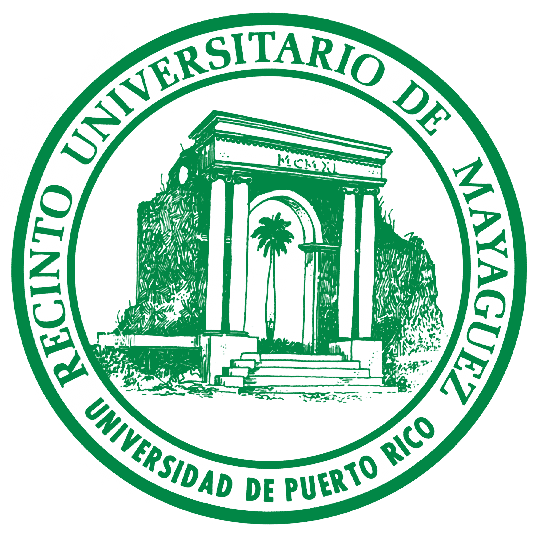Project
Impact of Turning Radius on Vehicle Speeds and Pedestrian Crossing Safety on Urban Unsignalized Intersections Using Virtual Reality
The study of road user behavior at intersections and its impact on pedestrian safety has significant relevance. About 62% of the fatal intersection crashes involving pedestrians happened at unsignalized intersections. Roudsari et al. (2007) found that 67% of pedestrians involved in right-turn collisions were hit from their left side and that the difference in impact speed is a significant predictor of severe injuries and fatalities. Crashes between right-turning vehicles, pedestrians, and bicyclists are common at intersections. The severity of these crashes is primarily a function of the speed of the turning vehicle, which can be influenced by the curb radius, the presence of exclusive or channelized turning lanes, and the type of intersection traffic control. TRB (2020) indicates there are no extensive studies on the effect of reducing curb radii on intersection-related crashes involving pedestrians.
The objective of this research is to develop a Virtual Reality (VR) simulation study that can evaluate the impact that different curb radii values have on driver and pedestrian behavior in unsignalized intersections. This study will use the HTC Vive Pro Eye VR headset to measure the behavior of drivers and pedestrians on right-turning and crossing maneuvers, respectively, on an urban unsignalized intersection. Drivers will analyze traffic and roadway conditions to select their speeds when making a right-turn at an intersection and react to pedestrian crossing maneuvers on the side street. Pedestrians will analyze the existing roadway and traffic conditions at the intersection to decide when an acceptable safe vehicle gap is available in the right-turning and side street traffic flows to cross at the corner of an intersection. The study will analyze the driver’s speed and yield rate when approaching crosswalks from the right-turn maneuver, the pedestrian’s ability to detect safe vehicle gap times, crossing speeds and success rates, and road user’s behavior when responding to unexpected hazardous situations.






